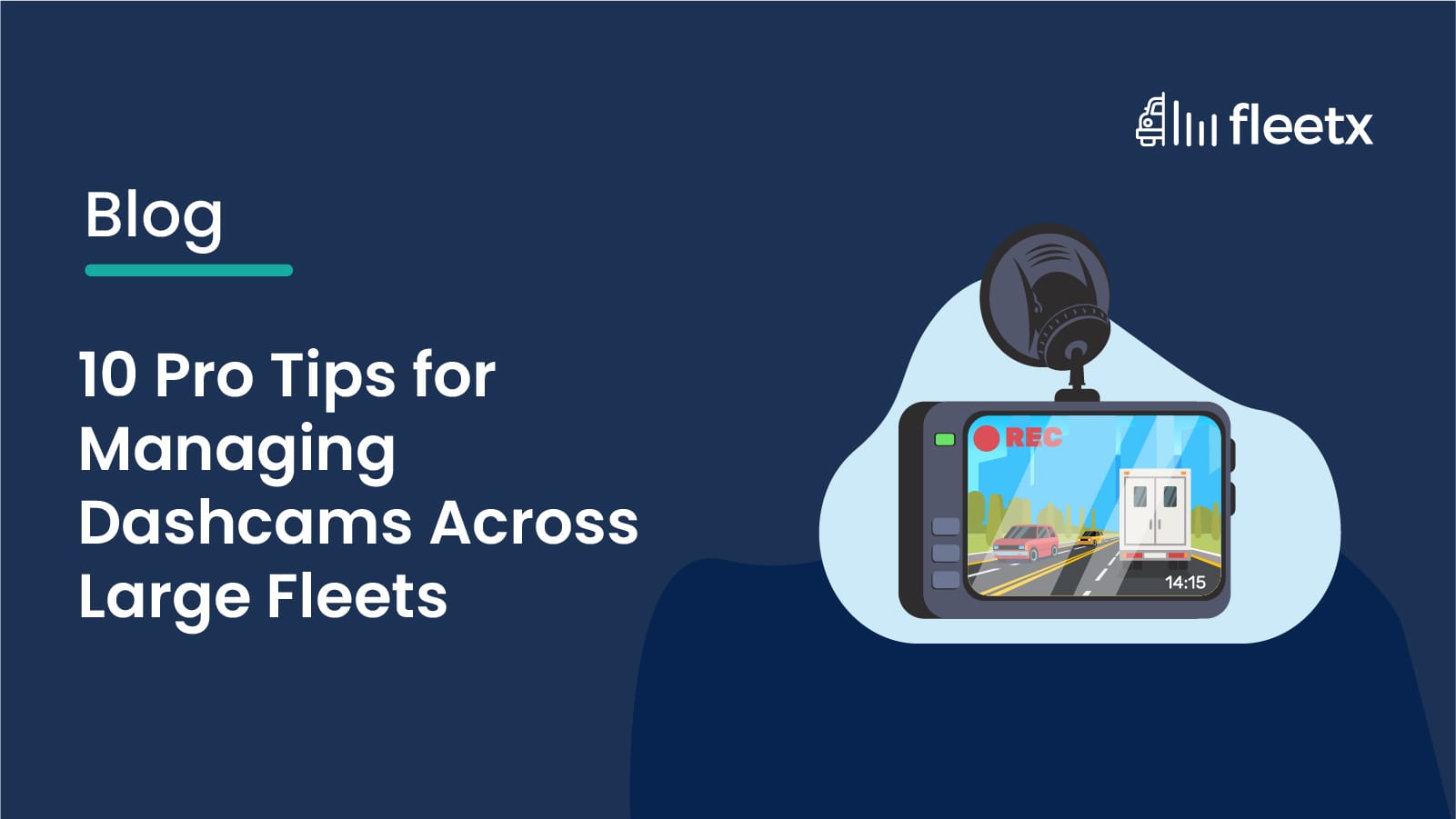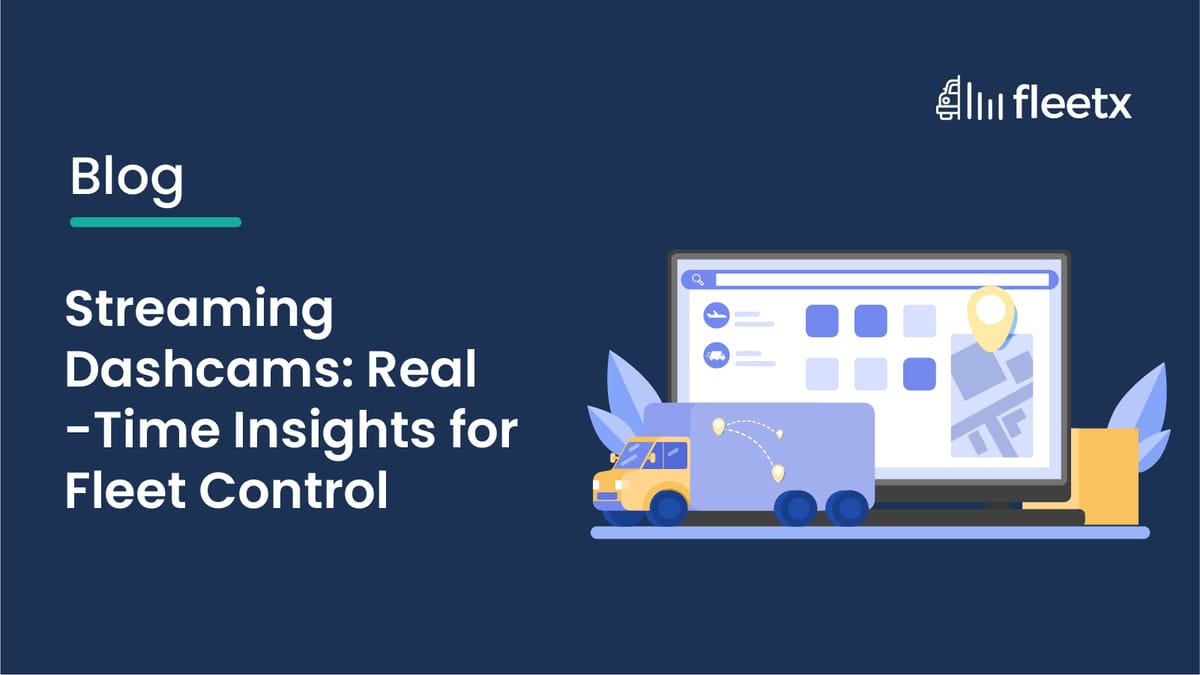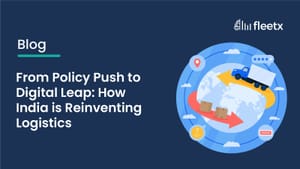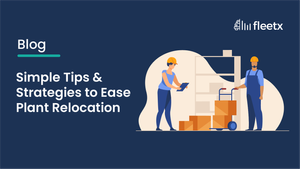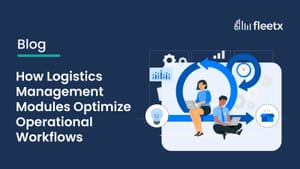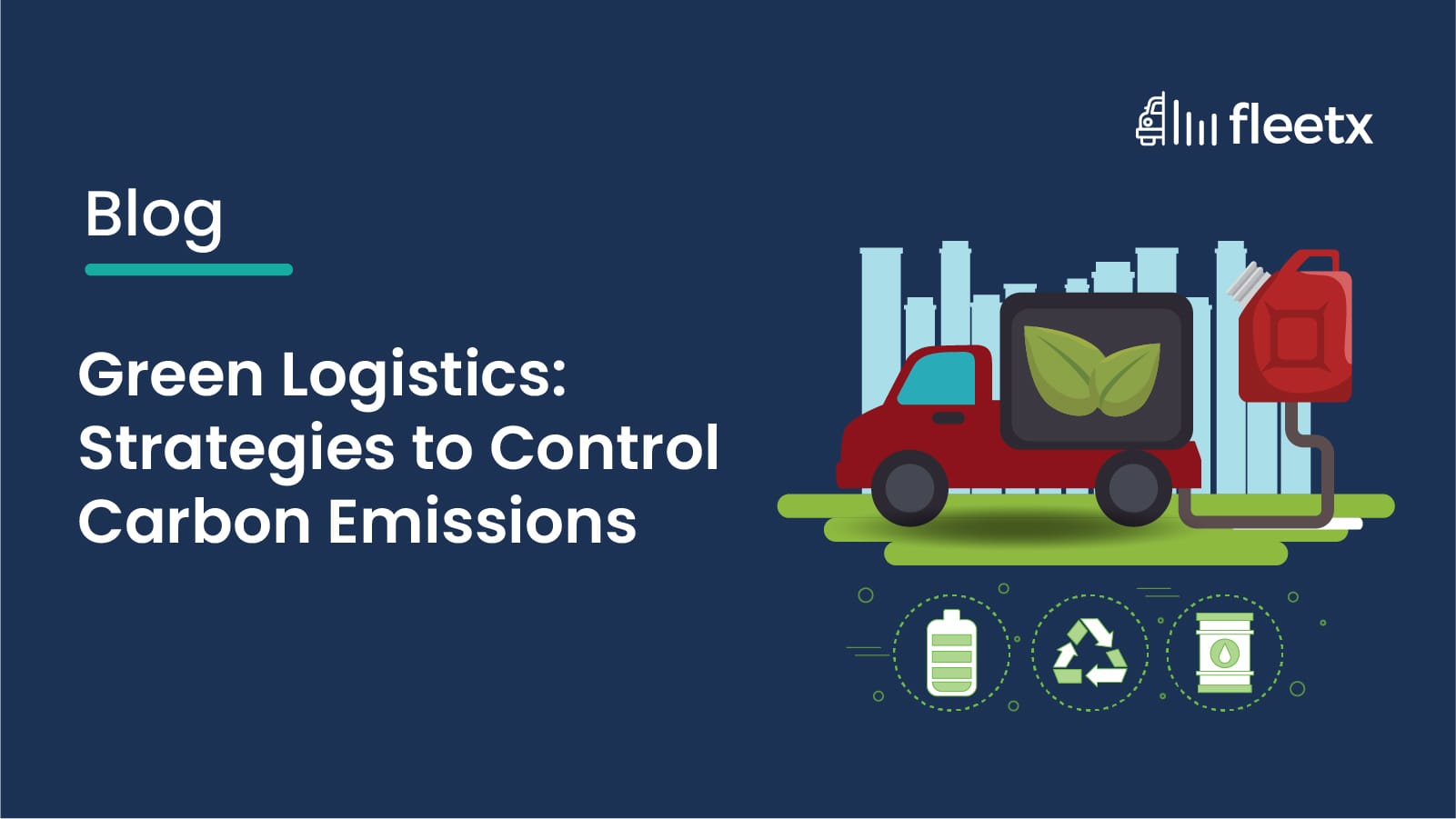
Logistics is one of India’s fastest-growing emission sources because we still move most freight by diesel trucks on congested highways. If we want lower costs and a lower carbon footprint, it isn’t a one-way answer—it’s a stack: modal shift, cleaner vehicles and fuels, smarter networks, digitization, and a policy framework working in sync. The good news? India’s public policy and private sector are finally pulling in the same direction. The challenge? Execution at scale, across millions of shipments and thousands of nodes.
Growing Popularity of Green Logistics in India – Initiatives Driving the Trend
India’s logistics modernization wave is increasingly green by design:
- PM GatiShakti + National Logistics Policy (NLP): The centrepiece for multimodal planning, unified digital rails, and cost reduction. ULIP—the Unified Logistics Interface Platform—already connects dozens of government systems via 100+ APIs to enable single-window visibility and data-driven ops. That’s not just convenience; it’s fewer empty runs and idling kilometers.
- Green Ports: The Harit Sagar guidelines push ports to adopt shore power, electrify equipment, raise the share of renewables, and prepare bunkering for green fuels (H₂, ammonia, methanol). Several major ports are already net renewable producers.
- Cleaner Fuels: The National Policy on Biofuels advanced E20 (20% ethanol blending) to 2025-26, and India has already crossed double-digit blending while scaling towards E20 nationwide.
Why is Implementing Large-Scale Green Logistics a Challenge?
- Financing Realities: EV trucks, LNG/CNG tractors, cold-chain retrofits, solar rooftops—a cleaner kit isn’t cheap. Financing capabilities cannot match the pace of ambition.
- Infrastructural Inadequacy: Chargers at logistics parks? LNG corridors? Shore power coverage? - Better, but still uneven across states and corridors.
- Interoperability Debt: Data still sits in silos across shippers, carriers, and 3PLs. ULIP helps, but industry-wide adoption and high-quality telemetry are the pending bottlenecks.
- Behavioral Change: Driver eco-driving, disciplined loading, dock time discipline, and packaging redesigns need sustained governance, not one-off pilots.
Industries Benefiting from Green Logistics Solutions
- E-commerce & Parcel: Dense networks, short-haul EV viability, and route optimization have altered the dynamics.
- FMCG & Retail: High SKU velocity rewards load consolidation, return-lane planning, and solar-enabled warehouses.
- Automotive: Rail auto-rakes and coastal roll-on/roll-off reduce cost and tailpipe emissions per vehicle shipped.
- Pharma & Cold Chain: Sensor-led temperature control reduces spoilage/emissions by preventing stock outs and re-shipments.
- Export-led Manufacturing: Harit Sagar pushes greener ports, helping exporters meet the expectations of global buyers.
6 Strategic Tips to Reduce Logistics Carbon Footprint
- Electrify the Short-haul, Clean the Long-haul: Use EV 3W/4W for city distribution; explore LNG/CNG or biofuels for line-haul while the heavy-duty EV ecosystem matures. Tie diesel use to strict idle-time KPIs.
- Exploit ULIP-Grade Visibility: Integrate telematics, TMS, and e-waybill data for live ETA, slotting, and backhaul matching to eliminate empty miles.
- Design Warehouses to Generate, Not Just Consume: Solar rooftops, LED, smart HVAC, VFDs, and electric MHE; target green power PPAs where feasible (Railways’ model shows the scale is real).
- Engineer the Load: Standardize pallets, compress air content, use returnable packaging, and fulfill other load optimization targets in the TMS.
- Make Driver Performance a Carbon Metric: Reward smooth acceleration, optimal speed bands, and zero idling. You’ll save fuel before you buy a single new vehicle.
- Procure with Carbon in the Contract: Add emissions intensity to carrier SLAs. Audit quarterly. No data, no bonus.
Role of Technology in Advancing Green Logistics
- Digital Control Towers: API-level data (via ULIP and private platforms) creates a single point of truth—orders, assets, lanes, exceptions—with predictive ETAs to reduce buffer stock and rush shipments.
- AI Route & Load Optimization: Better clustering and sequence planning beat “driver knows best.”
- EV Ops Tech: Charge scheduling, route energy modeling, and battery health analytics keep electric fleets reliable.
- IoT + Edge Analytics: Reefer sensors, tire pressure monitoring, brake health, and dock sensors prevent inefficiency before it snowballs into emissions.
Government Policy & Framework Support to Promote Sustainable Logistics
- PM GatiShakti & NLP: Institutional machinery (EGoS, NPG) plus ULIP, E-LoGS grievance redressal, and state-level logistics policies accelerate multimodal infrastructure and digital integration.
- Railways Net-Zero by 2030: Electrification, renewable sourcing, and modal shift form the backbone for greener long-haul.
- Green Ports: Harit Sagar mandates measurable CO₂ reduction per ton of cargo, renewable expansion, electrification, and green-energy readiness.
- Cleaner Fuels: E20 rollout window advanced to ESY 2025-26; blending levels are rising year-on-year.
Benefits of Eco-Logistics
- Lower Delivery Cost: Fuel saved is margin earned. Modal shift and load optimization pay back faster than most innovation projects.
- Compliance & Market Access: Export buyers now ask for embodied carbon; green lanes keep you in the vendor shortlist.
- Network Resilience: Visibility and modal flexibility reduce disruption risk.
- Talent & Brand: Drivers prefer better equipment and predictable routes; customers prefer greener deliveries. Everyone prefers lower diesel bills.
Success Stories – Riding the Green Wave
- Amazon India: Deployed 10,000+ electric delivery vehicles across 500+ cities, directly displacing diesel in last-mile ops.
- Ports Getting Renewable-Positive: Deendayal, Visakhapatnam, and New Mangalore ports are generating surplus renewable energy under Harit Sagar’s framework—real proof that maritime logistics can go green without going broke.
- Railways’ Clean Energy Shift: Massive renewable tie-ups and traction electrification are the backbone for a cleaner cargo mix; every tonne moving by rail lowers the national logistics emissions intensity.
Toward a Greener Future
The road to green logistics in India isn’t theoretical anymore—it’s laid out in policy, being wired through platforms like ULIP, and showing up in ports, railyards, and delivery fleets. The next leap is operational discipline: pick lanes for rail and coastal, electrify city distribution, lock in green power for warehouses, and make emissions a line item in every logistics contract. Done right, your network gets faster, cheaper, and cleaner. And if anyone complains that “green is expensive,” point them to your diesel bill, detention costs, and stockouts—then to your new KPIs.
Why is logistics a major contributor to India’s emissions?
Because most freight still moves on diesel trucks across congested highways. High fuel consumption, empty runs, and idle time stack up, making logistics one of India’s fastest-growing emission sources.
What are the main initiatives driving green logistics in India?
Policies like PM GatiShakti and the National Logistics Policy (with ULIP integration), Harit Sagar green port guidelines, and the National Policy on Biofuels (pushing E20) are accelerating a greener shift in infrastructure, fuels, and digital visibility.
What challenges slow down large-scale adoption of green logistics?
Financing for cleaner fleets, uneven infrastructure (charging stations, LNG corridors), data silos limiting visibility, and the need for behavioral change in driver practices and load discipline.
How can businesses practically reduce their logistics carbon footprint?
Start with electrifying city fleets, adopting LNG/CNG or biofuels for long-haul, integrating ULIP-grade visibility, redesigning warehouses to generate renewable energy, optimizing loads and packaging, and linking carrier contracts to carbon performance.

